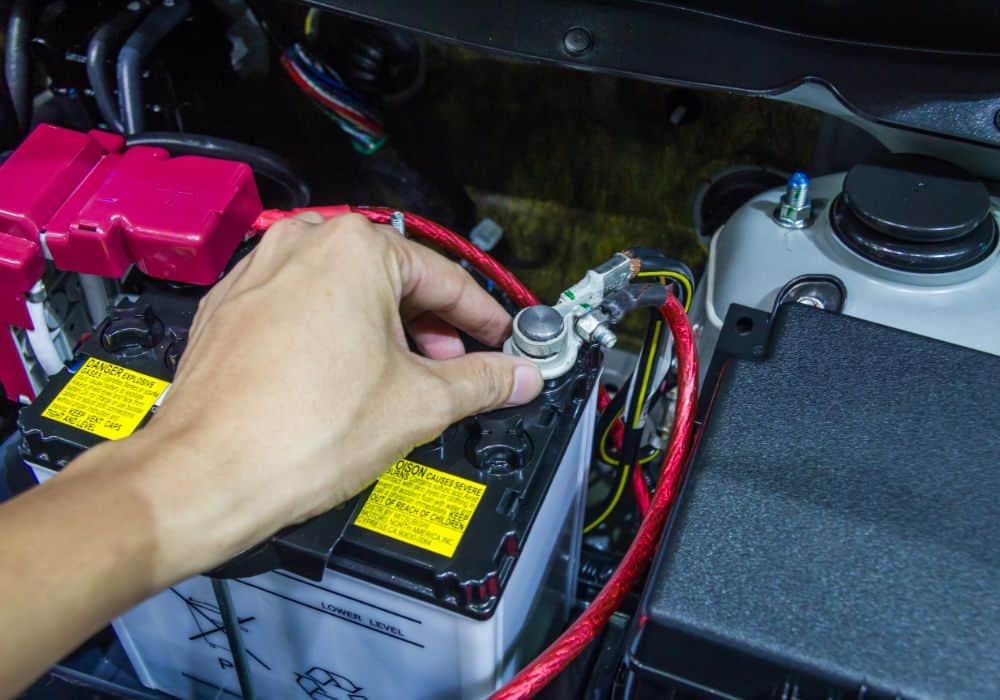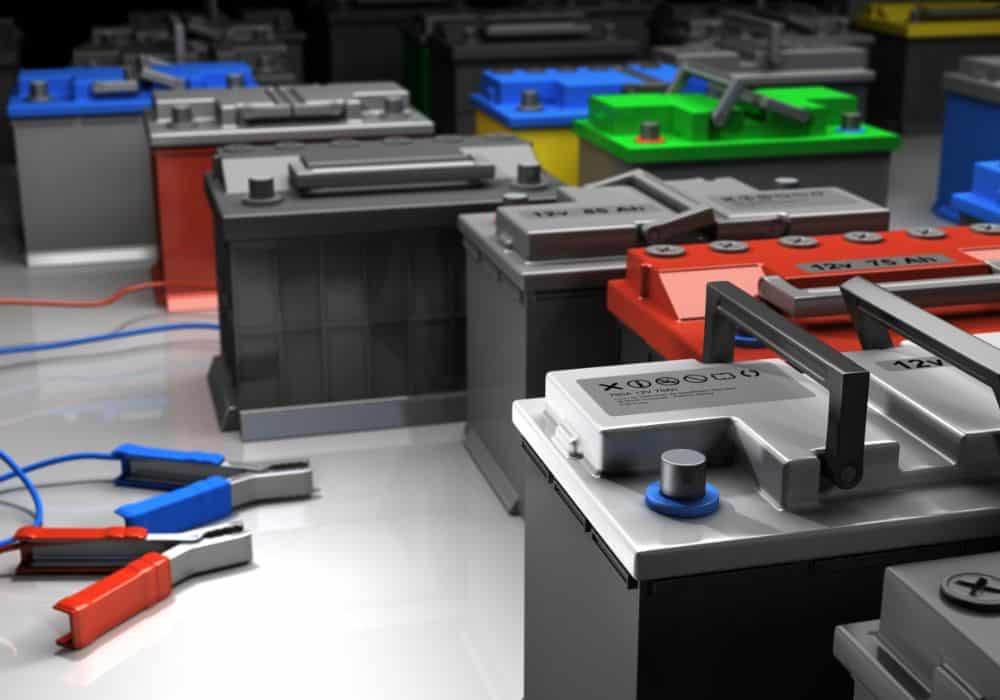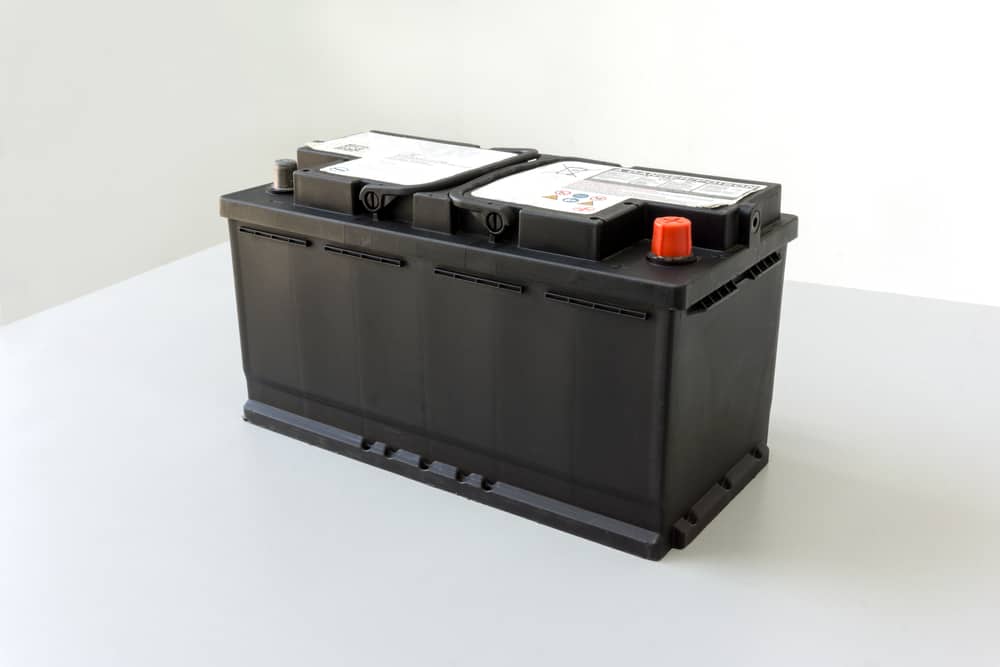If you have ever had to work with a machine that works with a battery, you will understand how crucial it is to have a power reserve. This is especially necessary if the battery runs out and there is no readily available power source to recharge it.
For example, your car’s alternator may stop working without your knowledge. If that is the case, the nature of your battery will determine how long and well the car runs. The car will have trouble starting and running if you have a low-quality battery.
When selecting deep-cycle batteries, whether for a car or other purposes, one of the primary things to check is the reserve capacity. RC on a battery stands for reserve capacity, which determines the battery’s capacity to provide power without getting recharged.
This article is an in-depth look at what RC means on a battery, how to calculate it, and why it is crucial. The information is vital if you are in the market for a new battery.
Table of Contents
What Is the Reserve Capacity of a Battery?
As mentioned, RC on a battery means reserve capacity, and it is the length of time measured in minutes, that a 12-volt lead-acid battery can carry a specific electrical load in amps without dropping below 10.5 volts.
In other words, it is the discharge time measured in minutes for a fully-charged battery carrying a 25-amp load before the voltage reduces to 10.5 volts. Each battery has a different RC or reserve capacity. You can tell a battery is strong if it can sustain power for an extended period without dropping below a specific voltage point.
A lead-acid battery’s reserve capacity accurately measures how long it can carry a sustained electrical load, not its amperage per hour rating. It is crucial to note that the reserve capacity of any battery is typically measured when it is discharged at 25 amps and the temperature is at 80 degrees Fahrenheit.
That is why a battery’s power storage capacity is critical in choosing a battery for specific purposes. Traditional lead-acid batteries typically show the reserve capacity measurement, so you can accurately measure it and determine if it works for you.
The Importance of High Reserve Capacity Batteries

Some batteries have a higher reserve capacity than others, which means they last longer between charges. Typically, such batteries have a low discharge rate. However, that means they do not discharge too fast, causing them to last longer than usual.
If you tend to leave your battery idle for extended periods, you may want to consider high reserve capacity batteries. Such batteries retain some charge even when you do not use them for a long time. They are also excellent choices if you need a lot of battery capacity between charges.
For example, if you need to park your car for a long time, a high-reserve capacity car battery is your best option. It will enable you to use the car when it is time to move it without worrying about a dead battery or jumpstart cables. The same applies to all machines that use lead-acid batteries.
Calculating a Battery’s Reserve Capacity
The reserve capacity is usually on the battery labels, so you may not have to calculate it manually. You can quickly determine the capacity by reading the number on the label marked RC.
For example, if the RC on a 12-volt battery reads 100, it means the battery can discharge at five amps for 20 minutes, 2 amps for 50 minutes, or 1 amp for 100 minutes. However, the reserve capacity may not be readily available or visible, so you should calculate the reserve yourself.
To do this, ensure you fully charge the battery. Next, connect an electrical load of about 25 amps to the battery and draw power from it at 80 degrees Fahrenheit until it is lower than 10.5 volts. The reserve capacity is the run time or the number of minutes it takes for this to happen.
Are Amp Hours and Reserve Capacity the Same?
A battery’s reserve capacity is not the same as amp hours because they measure different things. While the reserve capacity is a measure of time, amp hour is a measure of the number of amps from a battery within one hour.
Some batteries use amp hours instead of reserve capacity. A good example is a lithium battery; once you have the battery’s amp hours, you can calculate how much power it can provide per time.
Choosing a Battery Based on Its Reserve Capacity

While a battery’s reserve capacity or RC is crucial when choosing a battery, there are a few other aspects to consider. Look at the following factors that make or mar a battery’s RC.
1. Voltage Capacity
A battery’s voltage capacity determines how much output it provides per time. A battery with a high-voltage capacity can power powerful devices, so they work for cars, boats, and similar machines. However, you must consider the device and its compatibility with the battery.
If you choose a battery with a lower voltage capacity than the device needs, the reserve capacity will not matter anymore because the battery cannot carry the device. And if you choose a battery with a voltage capacity higher than a device needs, it may damage it beyond repair.
2. Rechargeability
Select a battery based on how you can power it. Some batteries are not rechargeable, while others are. Choosing a rechargeable battery means checking how often you need to recharge it and how long it takes to achieve a full charge.
Note that a battery that needs a long recharge time usually has a high reserve capacity. However, it may be more costly than other types.
3. Size
Batteries come in various group sizes, some bigger than others. It becomes useless if you choose a battery that is bulkier than the device or machine. The same applies to the battery type, shape, and device it will power.
Bottom Line
RC on a battery means the reserve capacity. A battery’s reserve capacity is the number of minutes it takes to discharge while powering a specific electrical load. Every battery does not have a reserve capacity measurement, but they all have specific measurements for checking their capacity.
When looking for a new battery, you must consider its reserve capacity, size, rechargeability, and voltage capacity. The available battery manufacturers also matter in the type you choose. These factors will determine whether or not the battery will fit the device or machine.
